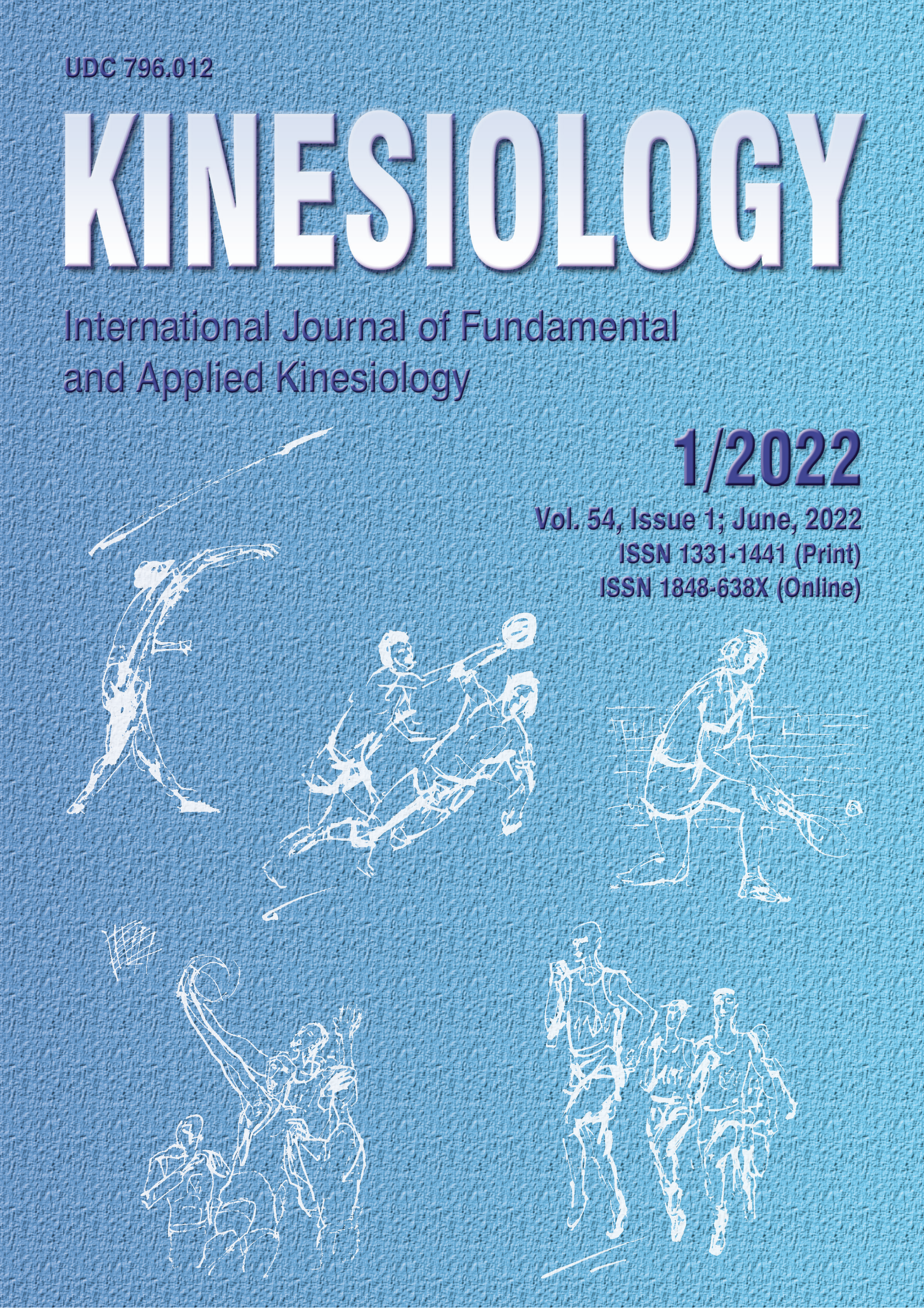MODULATION OF MOTOR CORTICES ON MANUAL ASYMMETRIES
Abstract
Differences between hands in motor performance are associated with differences in the interaction of inhibitory connections of homologous parts of the cerebral hemispheres. Modulation of these inhibitory connections in the right and left primary motor cortex (M1) may alter manual performance asymmetries. To investigate this assumption, eleven right-handed male university students performed a discrete aiming task in a digitizing tablet under three experimental conditions: dominant M1 inhibition, non-dominant M1 inhibition, and sham. The Transcranial Direct Current Stimulation technique was used to increase or decrease participants’ M1 excitability. We used a within-subject design, in which we counterbalanced the order of conditions and the order of the starting hand among participants. The performance-dependent variables were: reaction time, movement time, and radial error, while kinematic variables were: peak velocity, relative time to peak velocity, and number of discontinuities in acceleration in the final homing phase. Results showed changes in asymmetry related to reaction time, movement time, and relative time to peak velocity. The interaction between M1 modulation and hemispheric specialization produced specific changes in these variables. Taken together, these findings revealed that modulation of the dominant and non-dominant M1 affects manual performance asymmetries.
Key words: handedness, hemispheric specialization, transcranial direct current stimulation (tDCS), aiming task
Downloads
Published
How to Cite
Issue
Section
License

This work is licensed under a Creative Commons Attribution-NonCommercial 4.0 International License.
At Faculty of Kinesiology we recognize that access to quality research is vital to the scientific community and beyond. Kinesiology is non-profit journal and all costs of publishing and peer review process are covered by the publisher itself or other funding sources like Ministry of Science and Education of the Republic of Croatia. Full text papers are also available free of charge at http://hrcak.srce.hr/kineziologija. There are no restrictions on self archiving of any form of paper (preprint, postprint and publisher's version).
Articles are distributed under the terms of the CC BY - NC 4.0
Kinesiology does not charge any fees to authors to submit or publish articles in our journal.


